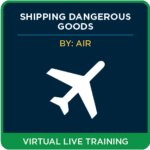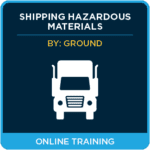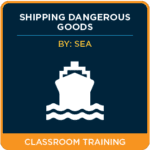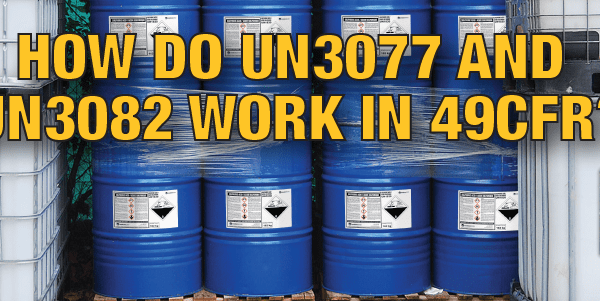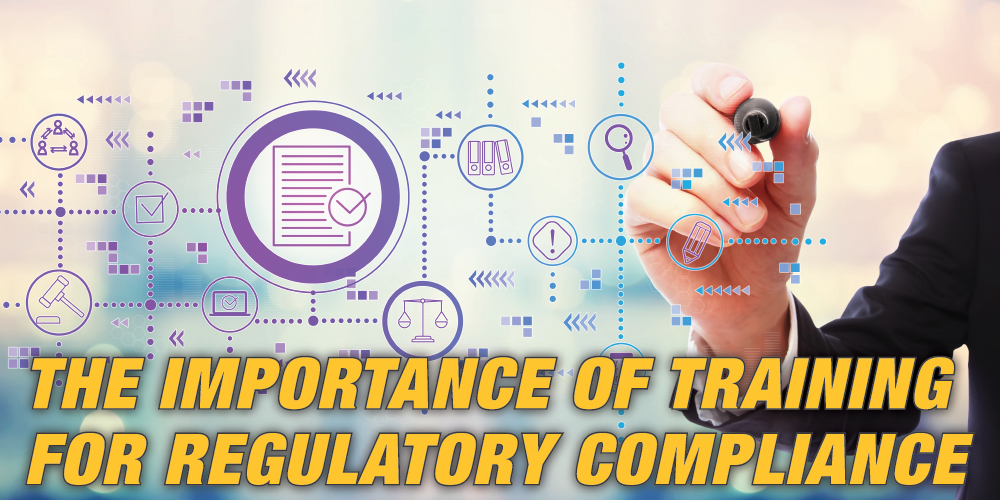
Hello everyone and welcome back! In part one of this series, we made it clear who needs to be trained by using the definitions available to us in the Canadian TDG Regulations. Now, let’s try to properly interpret what TDG requires as training. It should be noted that the primary purpose of TDG regulations is the safety of dangerous goods in transport and to achieve an acceptable level of safety, it is, of course, essential that the persons managing dangerous goods in transport have adequate competency. To do this, in Part 6 of the TDG, the Regulations clearly state that any person who handles, offers for transport, or transports dangerous goods must have appropriate training and hold a training certificate. To fully understand what constitutes appropriate training, we must refer to article 6.2 and this article states that a person must have a solid knowledge of all the listed topics as well as the dangerous goods that he is called to handle, transport or offer for transport.
Let’s try to understand these topics that are specified and for each of the points, I will name who is responsible under the TDG.
- Classification from Part 2 of the TDG. What does classification mean? This consists of defining whether your product meets the characteristics of a dangerous good included in one or more of the 9 hazard classes.
Person responsible for this component: the consignor. - Shipping names and schedules 1, 2, and 3 are the references when it comes to give the proper name to your products because the TDG is clear on this point. Each dangerous good has its own legal name and must be as accurate as possible and be included in the Dangerous Goods List in schedules 1 or 3.
Person responsible for this component: the consignor. - The shipping document from Part 3 of the TDG. This concerns a document that must contain the mandatory information for the identification of the dangerous goods, the quantity, the description, the number of containers and other information required. This document must be given to the driver at the time of tendering.
Person responsible for this component: the consignor. - The safety marks from Part 4 of the TDG. Safety marks are signs, panels or other notices intended to indicate the risks posed by dangerous goods and to be prominently displayed on such goods, means of containment and means of transport. We are talking here normally about marking / labeling of small means of containment and placarding vehicles or large means of containment.
Person responsible for this component: the consignor. - Means of containment from Part 5 of the TDG. This part contains packaging requirements that must meet safety standards to ensure that dangerous goods in transport are not a risk and do not pose a danger to the public.
Person responsible for this component: the consignor. - The emergency response assistance plan from Part 7 of the TDG. This part contains the rules describing which dangerous goods are high risks and therefore should have a strategic plan that will be implemented if a release or incident occurs and this emergency response assistance plan must be approved by Transport Canada.
Person responsible for this component: the consignor. - Reports from Part 8 of the TDG. This part of the TDG includes guidelines to follow if a person in possession of dangerous goods is the victim of an incident such as a spill, fire, explosion or any other scenario that requires the assistance of first responders and / or firefighters. and / or local police.
Person responsible for this component: the consignor, handler and carrier. - There are also procedures for safe handling and transportation, proper use of equipment, and reasonable emergency measures that a person must take to reduce or eliminate any hazard to the person and/or public security.
Person responsible for this component: the consignor, handler and carrier.
Okay, so in conclusion here, as you can see, the consignor is the person with the greatest number of TDG responsibilities and that’s why a company must make sure to appoint someone internally so that this person can help his employer (consignor) to achieve full compliance with TDG. For this reason, a company will have to delegate someone to attend a consignor training session.
That’s it for now and see you soon for more … in the next blog, we will discuss training programs, what they contain and their durations.
Of course, you can contact us anytime so that we can help you in determining your training needs.
Should you have any questions regarding training, contact us by email: [email protected] or by calling one of our Regulatory Specialists today! USA: 888-442-9628 | Canada: 888-977-4834
Stay up to date and sign up for our newsletter!
We have all the products, services and training you need to ensure your staff is properly trained and informed.

